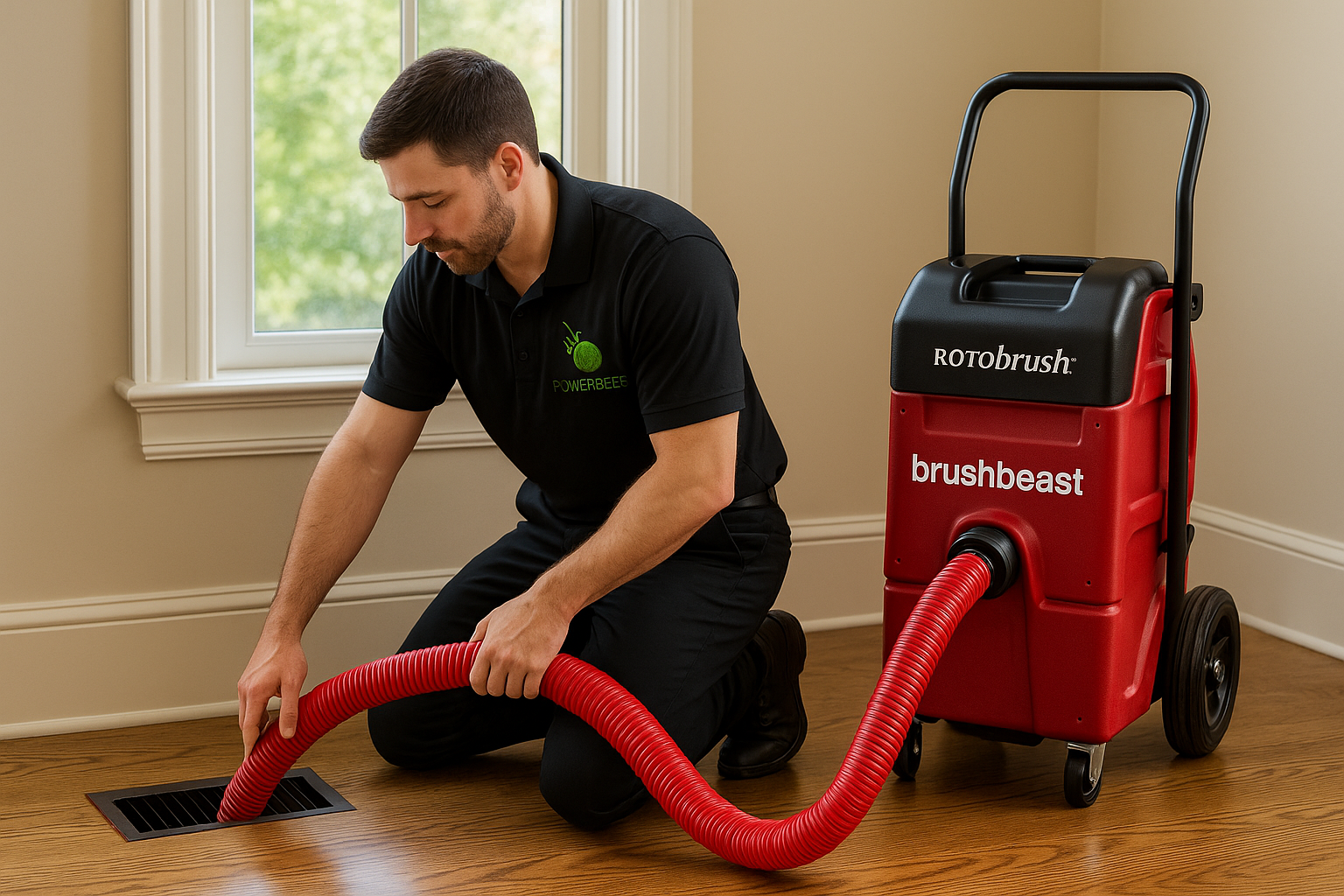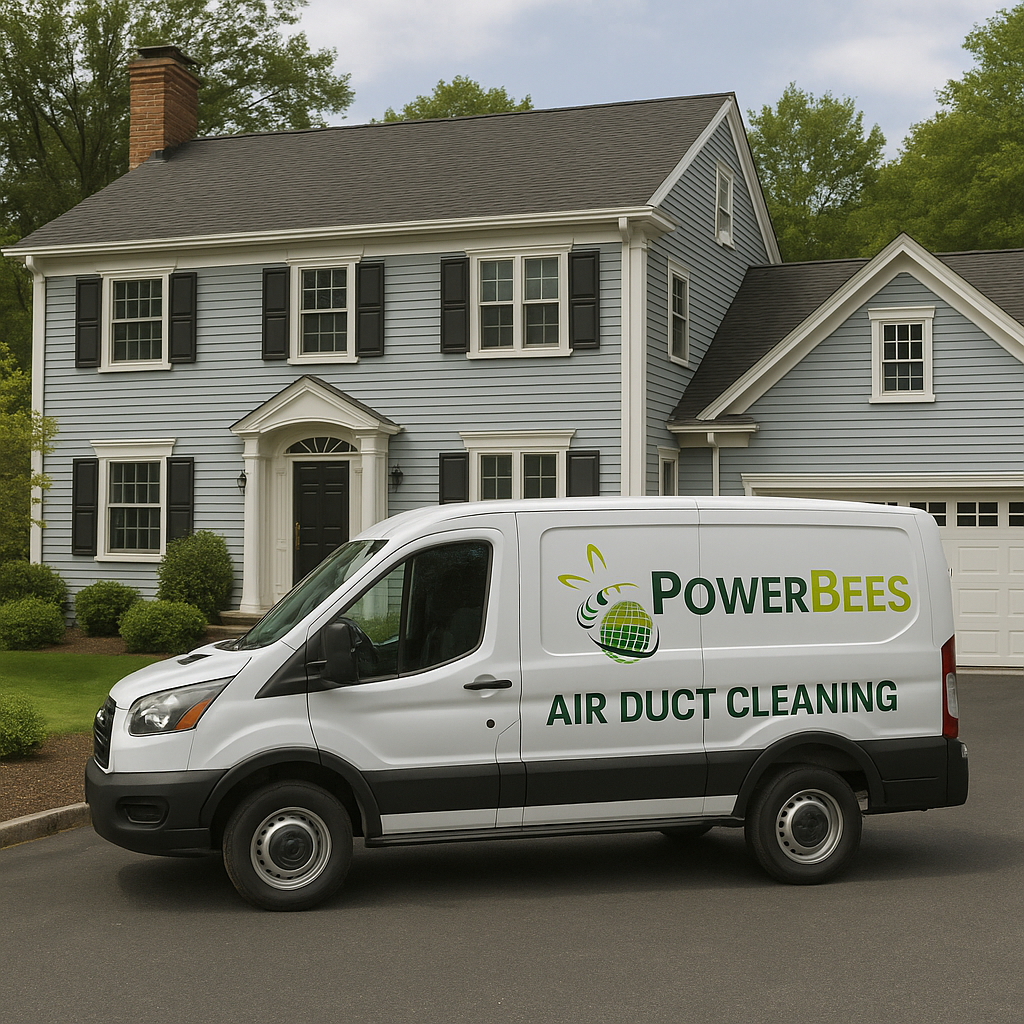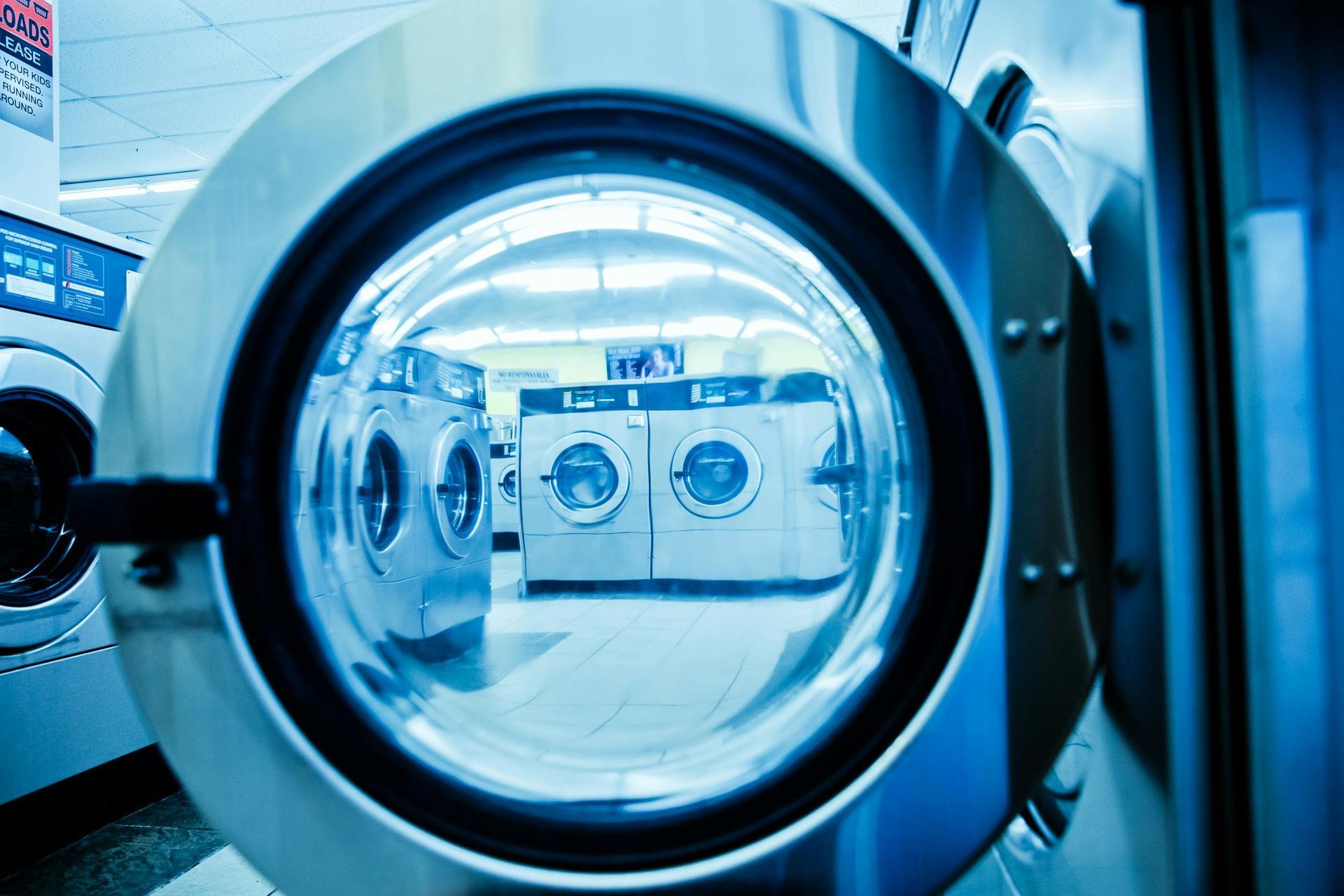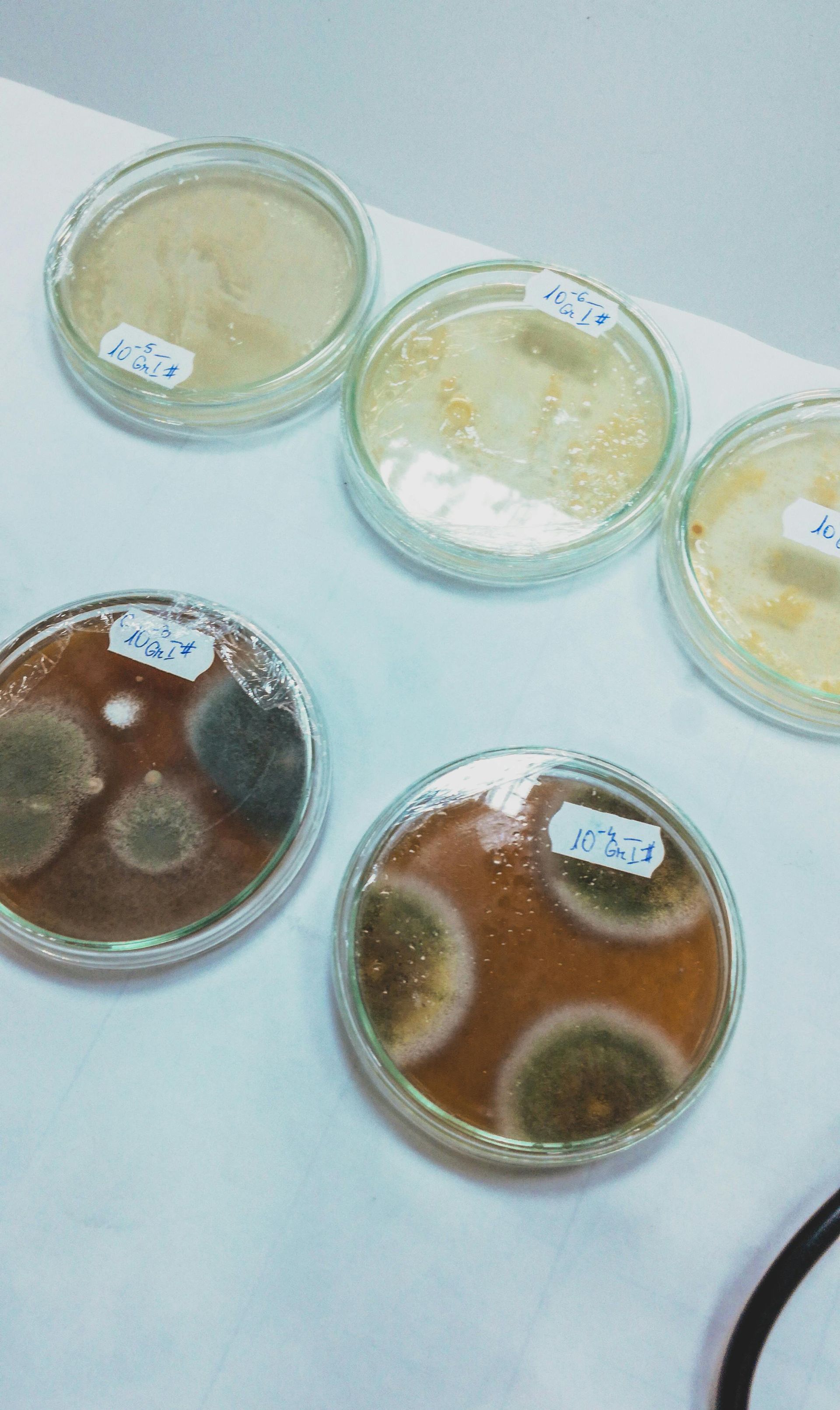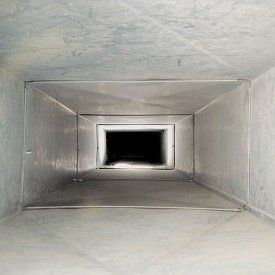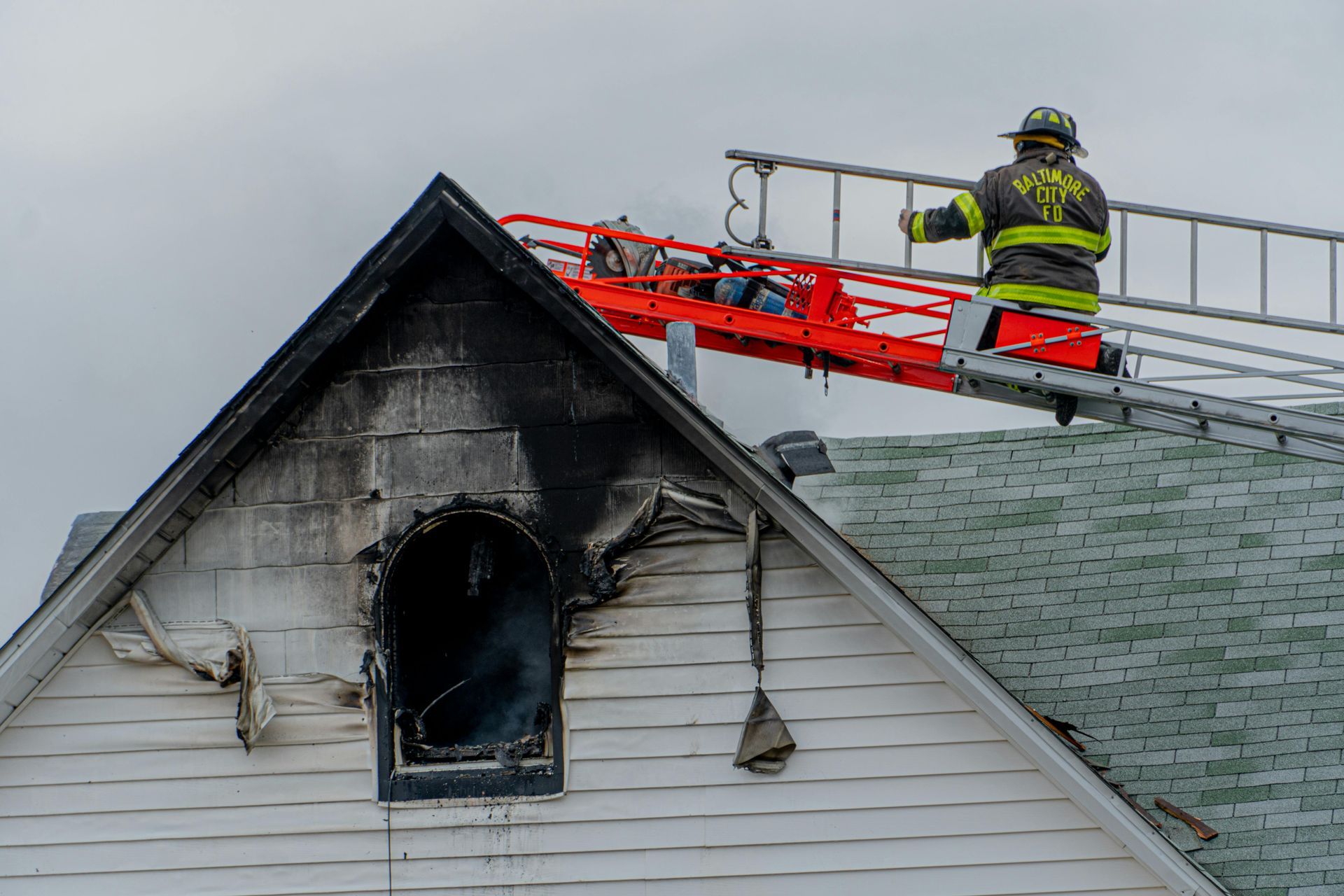Where to Beware: Common Hotspots for Mold Growth in Your Home
Remember that mold requires warm, dark, humid conditions with access to organic materials in order to proliferate in your home. Unfortunately, there are many locations within the typical home that may meet these requirements. Our Boston-based mold removal company would like to talk about some of the common hotspots for mold growth that homeowners need to be aware of:
1. Carpet. Carpeted areas capture and hold dirt which can potentially serve as nutrients for the growth of mold. Combine that dirt with humid conditions during the summer or potential spills, leaks, or flooding, and you have a recipe for potential mold growth in your home. Major risk factors include a lack of air flow from your HVAC system and areas frequently traversed by shoes, which can increase the amount of dirt particulates carried in from the outdoors. To avoid mold growth, try to ensure that all carpeted areas are free from excess moisture, have access to sufficient air flow, and that any water from spills, leaks or floods are extracted and dried with fans or dehumidifiers as quickly as possible.
2. Wall Interiors. One of the most difficult locations to treat potential mold growth where we commonly see at PowerBees is the interior space between cavity walls. Mold can sometimes gain access to these locations through leaks from the roof or duct system in homes. Moisture in the air flowing through the home can also condense on wall surfaces, allowing mold the opportunity to thrive. Make sure that vapor barriers were properly installed during the construction of your home and that any leaks in your roof or duct system are quickly detected through regular maintenance.
3. Ductwork. Air supplied to your home contains some level of moisture, and this moisture has the potential to accumulate in your duct system. Any damage to your insulation or to the ductwork in your home can cause issues with moisture condensation on duct exteriors and potential issues with air-flow rates that could cause a chain reaction of mold growth in your home. Perform regular duct maintenance yourself or consider hiring a company like PowerBees, a Boston mold removal company, that performs professional ductwork cleaning and maintenance services.
4. Electrical Equipment. Electrical fixtures, cables, and equipment boxes can be a hotspot for mold growth in your home. Examine the surrounding areas of electrical switches, ceiling or wall-mounted lighting fixtures, and outlets that are in unheated locations in your home. Any humid air that flows into these areas carries water which can then condense and cause the growth of mold. Flooded electrical conduits are also at risk of mold growth. By performing regular maintenance and observation of the fixtures and electrical systems in your home, you can win an important battle against mold growth in one of the most common hotspots in your home.
Most mold growth can be prevented by controlling moisture and by performing regular maintenance on the various systems in your home. If you are concerned about any potential mold growth, contact PowerBees for mold testing services by a licensed and certified PowerBees inspector.







